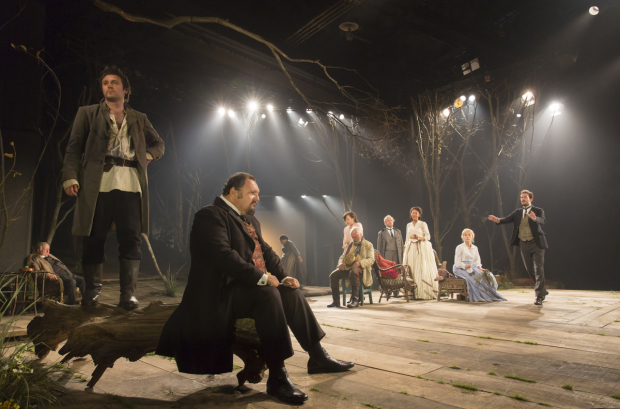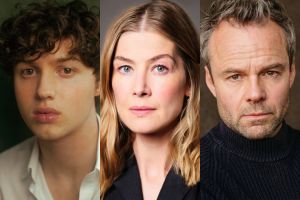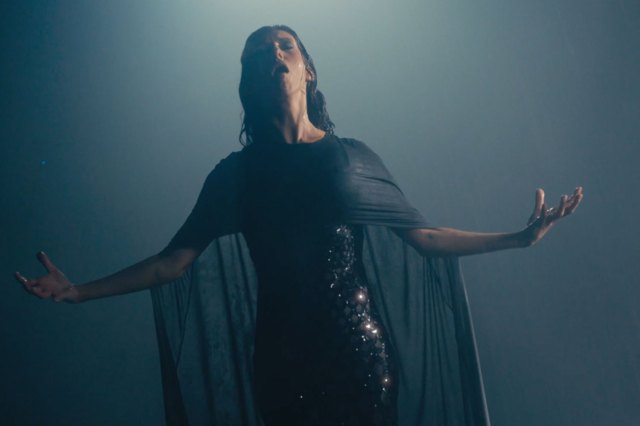Let's talk about sets: Tom Pye on Young Chekhov
The designer tells us about the challenges of designing a Chekhovian trilogy
I have to confess I had always avoided designing a play by Anton Chekhov. I just wasn't sure I had anything to offer that hadn't been done before. More silver birch trees and samovars? This was the very thing that kept me away. So to accept an invitation to design a trilogy of Platonov, Ivanov, and The Seagull for Jonathan Kent in Chichester seemed like a good opportunity to bite the bullet. I thought to myself, ‘Why start with one play when I could take on the challenge of designing a trilogy?’
At the beginning of our process of working together Jonathan and I discussed how we wanted to avoid the well-trodden path of Chekhovian visual language. One of my main concerns was to avoid compromising all three pieces through any possible gain one play might obtain. I was determined to overcome this by working with the idea of the trilogy as a way for each play to benefit from something beyond what the texts call for. Jonathan felt it was important that the audience went on a journey, that there would be a development from play to play. We noted how a progression could be seen in Chekhov's writing as he developed from 19th century melodrama into 20th century expressionism. So we decided to express and elevate this in the design as the sets shift to explore something fundamental about each piece.
We decided to create an environment based on rural Russia that would appear to envelope the three plays and provide a context for the worlds they exist in. Even the interior scenes, reflected in water and framed by trees, stand within the landscape. It was important to me that this wasn't to be a straightforward naturalistic representation of nature – I loathe green plastic leaves on stage! I played with the idea that nature had invaded the space by flooding the theatre with grass and trees pushing their way up through the fabric of the building.

© Johan Persson
The wildest of the three plays is the first – Platonov. We wanted to exaggerate this by pushing an extremely steep rake high up through the back of the stage into the theatre’s storage space and thickly populating this area with trees to suggest a deep dark forest. By Ivanov the rake steadies itself, for this is a play focussed on an examination of the new bourgeoisie. It’s the most interior of the three pieces with walls piercing the stage from underneath and a more genteel rake lightly dotted by trees and a bridge spanning the river to suggest a landscape now more controlled by man. The Seagull is perhaps the most poetic of the three plays and so we felt free to completely flood the entire upstage area so the much referred to lake could dominate.
Of the many things about our trilogy it was rethinking the three periods the plays are set in that proved most useful in enabling us to bring to life the progression and difference in the style of Chekhov’s writing. In the end it was the fact we were able to stage these three plays together that makes each individual piece shine in ways it couldn’t otherwise.
– Tom Pye is a theatre designer with credits including High Society at the Old Vic and The Testament of Mary at the Barbican.
Young Chekhov runs at Chichester Festival Theatre until 14 November.












